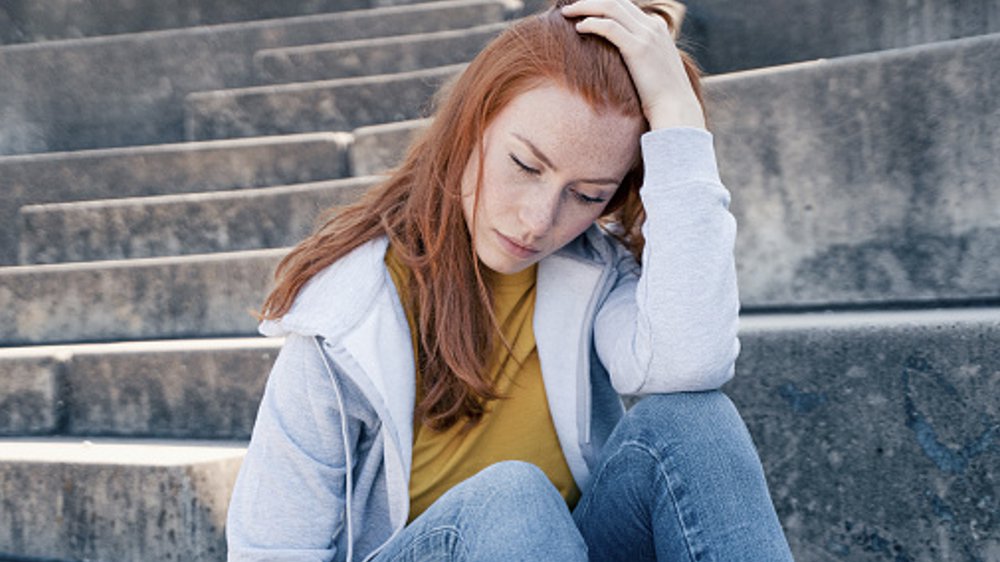The United States Surgeon General declared a state of emergency for youth mental health in December 2021. Youth mental health has been a trending topic in the news this past year. With all the talk, some folks wonder if the problem is real. The children in their lives seem to be doing all right.
According to the Center for Disease Control, more than 1 in 3 high school students experienced persistent feelings of sadness or hopelessness in 2019, and 1 in 6 reported making a suicide plan within the past year. Over the past month, I have interviewed almost 100 people, including youth, parents, family members, educators, healthcare workers, and corporate citizens. Based on their eyewitness accounts, I can assure you that the youth mental health crisis is very real and far-reaching.
I interviewed children ages 7-14 in the Greater Nashville area. Many of their concerns seem typical for their age and stage of life: friend drama, grades, getting along with teachers. However, about half of the children interviewed mentioned they were dealing with violence, fear of getting shot, stress at home, money and bills. These are not problems we expect children to face.
Educators from Little Rock, Arkansas, North Palm Beach, Florida, and Austin, Texas, all stated that students are struggling socially and emotionally. “One of our fourth grade girls doesn’t know how to relate to her peers…the last time she was in a classroom with children her age was when she was in first grade,” says one school leader. Each cited the pandemic and resulting isolation as the primary reason students are having behavior problems, which then leads to academic difficulties.
Healthcare professionals from Seattle, Washington, St. Louis, Missouri, and Washington, D.C. individually asserted that children are dealing with anxiety and depression at higher rates. “Families are at a loss, so emergency departments are being overrun. At times, parents are even abandoning their children at the ER because they do not know what else to do,” said a Professor of Psychiatry and Behavioral Sciences who both teaches and works in the pediatric unit of the university hospital.
The youth mental health crisis in the United States is very real. What do we do about it?
Firstly, we must own the problem. This is a nationwide issue that requires us to come together for the sake of our children, our country, and our world.
Secondly, we must define the terms. A retired District SEL Specialist shared with me the difference she sees between SEL and mental health. SEL is foundational and pro-active. With SEL, we are building strong people with a sense of self and coping skills. With mental health, we are giving a place for children to come to terms with the trauma and wounding they have experienced, providing people with whom to process. Both are necessary and essential.
From a healthcare perspective, SEL is early intervention and prevention on the continuum of mental health care.
Thirdly, we must develop innovative, community-based solutions. It starts with a needs assessment, asking and answering the following questions locally and nationally: What specific challenges are children and families facing? What resources are currently being provided for our children and families? Who are the other stakeholders? What resources do they need or do they provide? What can we do collectively to address the youth mental health crisis?
This is a complex problem that demands a long-term commitment. Let us work together for our common good.
*Please feel free to reach out to share the story of your local community.
About the author

Tamara Fyke is an educator and social entrepreneur with a passion for kids, families, and urban communities. She is the creator and author of Love In A Big World, which provides mental health, SEL, and wellness curriculum and content. During quarantine, Tamara created MusiCity Kids, an online educational show for kids ages 6-12 that addresses health, movement, character development, STEAM, and more.










